The concept of parallel processing is not an alien one in the world of computing. It usually refers to the execution of programs (or computer commands) in multiple threads. Thus, it’s not surprising to discover that SQL Server Integration conveniently supports package parallel processing via the Execute Package Task. In this article, I will take you through a demo on how to implement parallel processing using SSIS’s Execute Package Task.
Demo
Although my demo is quite elementary – it can still adopt the approach in your complicated ETL scenarios (in fact, I often use it during my data warehouse dimensional load).
Assuming that you have setup an Integration Services Project, let’s start off by adding a new package as Package A.
report main dataset
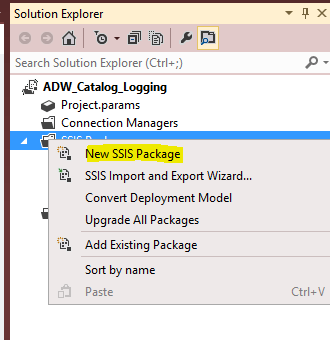
report main dataset
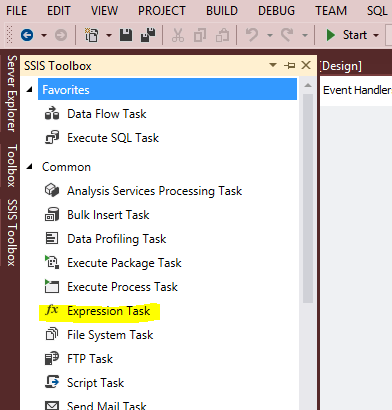
The definition of Package A is simple – it uses an expression task to return package name as shown below.
report main dataset
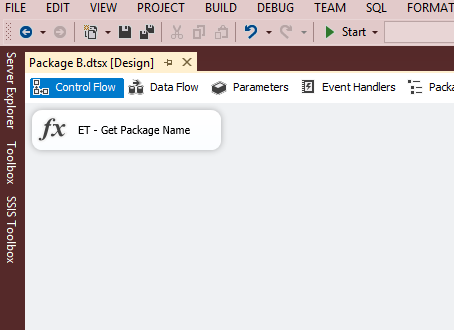
report main dataset
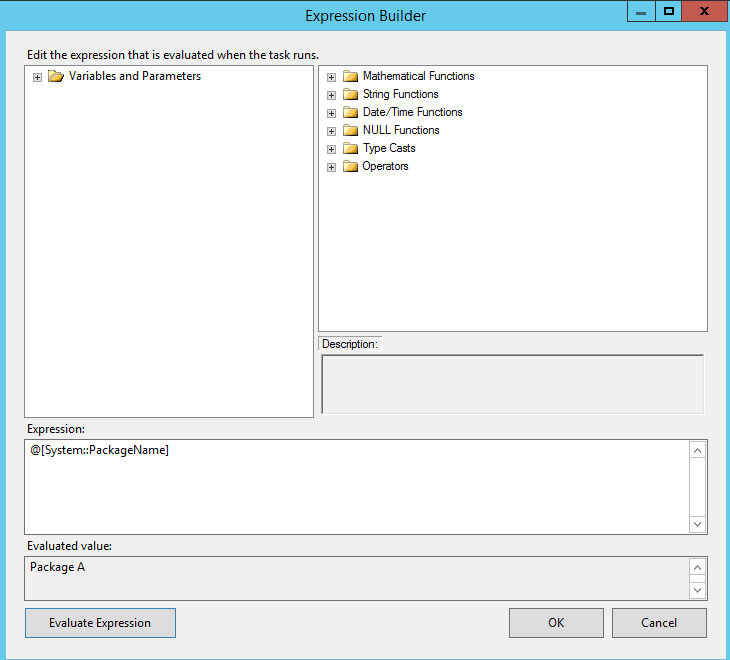
Add another package as Package B with a similar definition as Package A – meaning it should also have an expression task that returns package name.
report main dataset
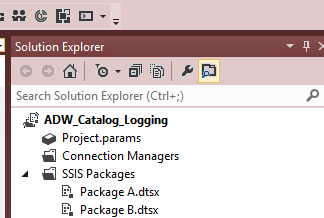
At this point we should have successfully added two SSIS packages as Package A and Package B, respectively – as shown above. Both packages use an expression task that returns package name through System variable @[System::PackageName].
Let’s move on to implementing parallelism by adding another package as Master Package. This Package will be used to execute both Package A and Package B at the same time. This will be achieved by adding two sequence containers as Process 1 and Process 2, respectively.
report main dataset

Conclusion
That’s it, folks. Till next time.
Cheers,
Sifiso.
CodeProject
![]()





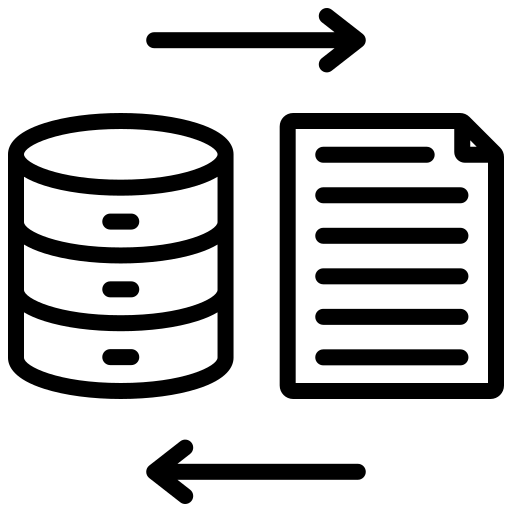


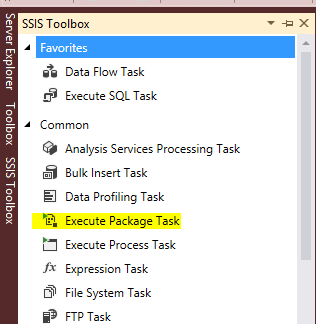
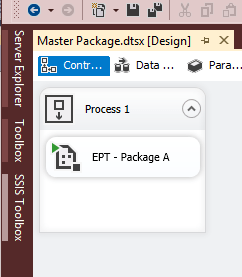
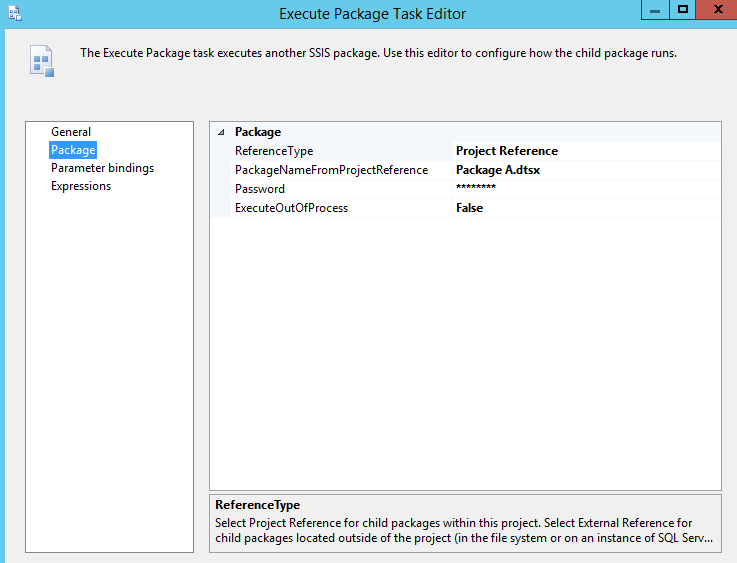
0 Comments